More about the Transcontinental Railroad
Subscribe Now!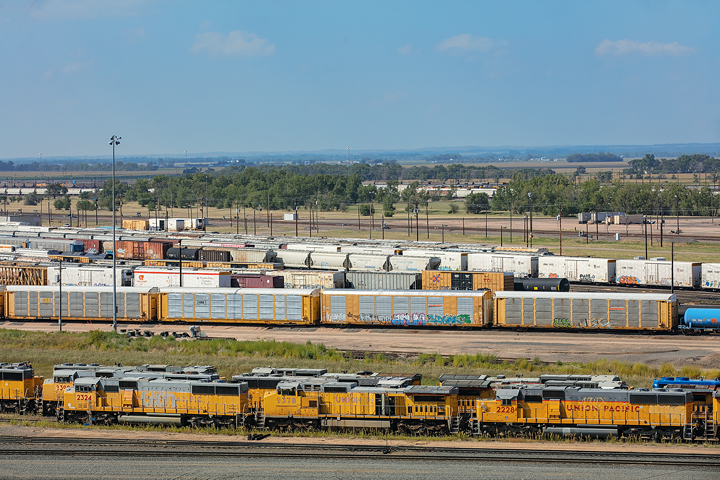
Bright-yellow Union Pacific locomotives have thundered across Nebraska’s landscape since the highly recognizable “armour yellow” coating was first applied in 1934. The company was born in Omaha, when President Abraham Lincoln, a railroad attorney before going into politics, signed the Pacific Railway Act in 1862. The resulting 1,776-mile transcontinental railroad linked the West and East coasts, with Union Pacific workers completing their westward section – all 1,068 miles of it – nearly five years ahead of schedule.
More than 150 years after its founding, Union Pacific employs 8,300 Nebraskans. Many work at the company’s 19-story glass and steel skyscraper in Omaha – Union Pacific Center – dedicated downtown in 2004. From there, 1,066 miles of Union Pacific rails spread out across Nebraska.
The first rails were laid in Omaha on July 10, 1865, and it was two days short of a year later that Union Pacific’s construction crews reached Grand Island. The first transcontinental railroad’s mainline still passes through the community, along with as many as 140 trains every 24 hours.
Union Pacific and Burlington Northern Santa Fe trains used to take turns crossing at Grand Island where their lines intersected. The “flyover,” an overpass for trains, was built in 1995 and allows railroad enthusiasts to watch as BNSF trains pass over those from UP at a location named The Diamond. The Nebraska Central Railroad, known for its distinctive red locomotives, is headquartered in Grand Island, and operates in Central Nebraska on former Union Pacific tracks.
Coal, fertilizer, industrial chemicals, steel and scrap metal arrive in Nebraska via Union Pacific rail cars. Corn, soybeans and other crops grown in Nebraska are shipped worldwide after leaving the state by rail. Union Pacific also hauls other agricultural products, as well as sand, from the Cornhusker State.
Many of those loads move via long trains in south-central Nebraska on what Union Pacific calls the Kearney Subdivision. As one of the largest sections of triple track in the United States, these tracks serve the busiest train freight corridor in the nation.
In just another example of Nebraskans having it better, a 3.5-mile-long Union Pacific “monster train” upset Californians during a trial run in 2010. The UP trains that roll parallel to the Platte River typically include 100 to 120 cars and stretch for more than a mile. Traveling at speeds of up to 70 mph makes for a short wait for motorists crossing this section of track between Gibbon and North Platte.
Long before the famous North Platte Canteen met every troop train during World War II, the community began as a winter camp for track layers, miners, emigrants, saloon owners, prostitutes, gamblers and outlaws. North Platte’s identity as a railroad town started when tracks arrived in late 1866. The community remains a proud railroad town to this day.
Bailey Yard, at the northwestern edge of North Platte, is the largest railroad classification yard in the world. The Union Pacific facility is named for Edd H. Bailey, who started with the railroad at age 18 as a helper in the railroad’s car repair shop. Bailey earned 38 cents per hour and moved onto the blacksmith shop and other jobs before working his way up to president of Union Pacific in 1965.
The round-the-clock facility handles 10,000 rail cars every day, and its repair shops service 9,000 locomotives a month. The sprawling site covers 2,850 acres and includes 315 miles of rail. Bailey Yard is so big that the only way to really take in the yard’s massive size is to see it from the air. The adjacent Golden Spike Tower and Visitor Center provides train lovers with that bird’s-eye view.
The attraction flies the flags of all 23 states the Union Pacific serves. Loads of railroad books, art and other souvenirs fill shelves in the gift shop. The elevator takes train enthusiasts to the seventh-floor open-air viewing deck that looks out over Bailey Yard, and the eighth floor is enclosed for comfortable train watching no matter the weather.
The community’s affection for the railroad is evident in the names of local destinations, events and businesses. North Platte Rail Days takes place in September, and Cody Park Railroad Museum has the only publicly-displayed Challenger 3900 series steam locomotive on Earth. Near Interstate 80, the Canteen Bar & Grill reminds diners of North Platte’s generous canteen heritage.
The railroad-themed Switchyard Grill & Pub features train decor, and menu items such as the bison Switch Burger and Train Wreck Pasta. “Two of my uncles work for the railroad, and my grandpa retired from Union Pacific, so I appreciate what the railroad does for our town,” said Jacey Luttrell, whose parents own the business popular with residents, railroad workers and visiting train fans.
While in North Platte, many railroad devotees stop at Fort Cody Trading Post, the roadside attraction seemingly from a bygone era. “When I moved here, you didn’t have to ask what someone’s dad did for a living. They worked for the railroad, and you just knew that,” said owner Chuck Henline.
“The railroad tourists get so excited to watch those trains. Along with Interstate 80, the railroad is the lifeblood of North Platte and Nebraska.”
Subscribe to Nebraska Life Magazine and receive thoughtful stories and beautiful photography featuring travel, history, food, nature and communities of Nebraska.
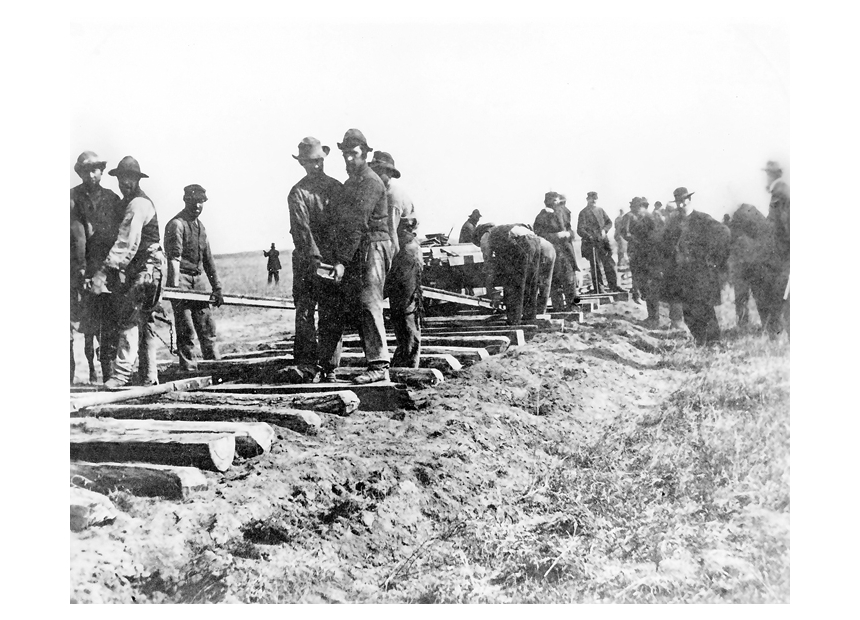
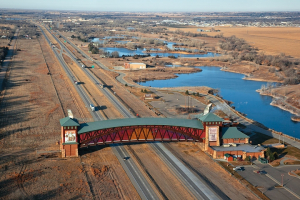
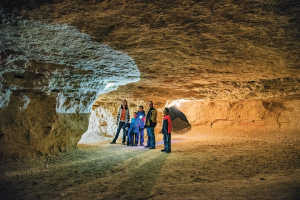

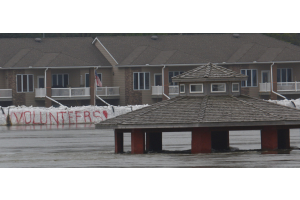
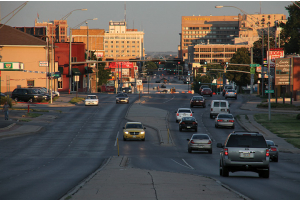
The information below is required for social login
Sign In
Create New Account